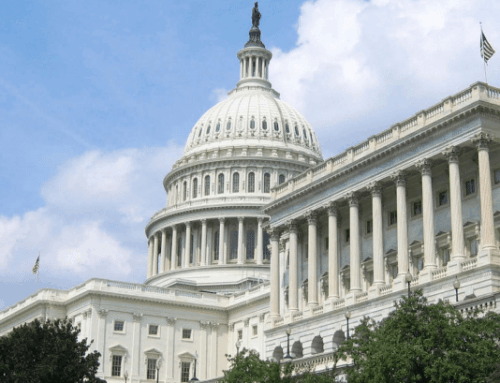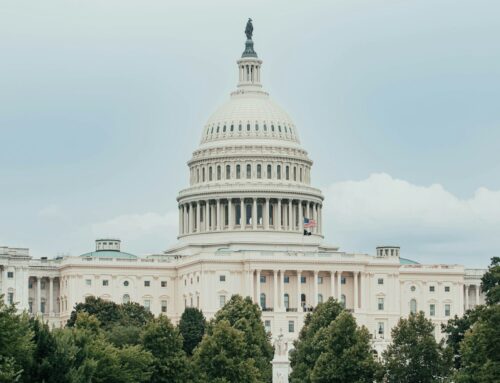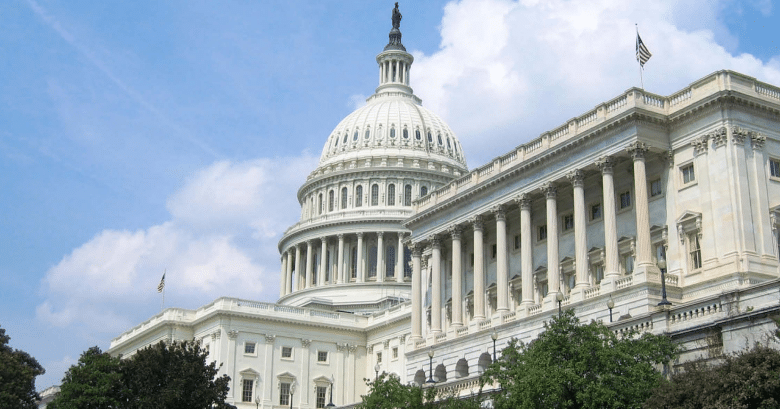When the House of Representatives passed new rules just a few days into the new Congress requiring lawmakers to disclose the earmarks they insert into bills, applause was tempered by Washington concern about whether or not lawmakers would actually do what they say.
The House Armed Services Committee (HASC) was one of the first out of the gate to implement the rule, adding a 13-page chart in the report accompanying the FY 2008 defense authorization bill (National Defense Authorization Act) that listed each earmark along with the requesting member, dollar amount and beneficiary.
Despite visual quality that would strain the eyes of Superman, much less daylight-deprived budget watchdogs, the chart did lay out 449 earmarks for all to see (anyone who wanted a better look could stop by the Committee office and leaf through three huge binders of request letters).
However, within the 600-odd pages of the bill and accompanying report, TCS found 53 earmarks that were somehow never disclosed. These earmarks are worth $744 million, or nearly nine percent of the total earmarks. In all, TCS found 502 separate earmarks worth $8.4 billion.
Highlights include:
Nearly $300 million in space-related programs such as military communications satellites, the SBIRS-High radar and programs including $9.8 million for “space-fence situational awareness” and $1 million for “space entrepreneurship;”
$3 million for a “flexible display” for the Army’s Future Combat Systems, a weapons system that took a big hit in the Committee markup;
$20 million for night vision goggles, which also got money in the recently passed emergency supplemental defense bill;
$53 million for the Defense Department’s Chemical and Biological Defense Program Initiative;
$44 million to expand the reconstitution program for Boeing MH-47G Chinook helicopters
As usual, the biggest earmarks tended to go to weapons procurement systems and their sponsors were the biggest spenders. For example, Louisiana benefited the most of all the states, due primarily to the $1.7 billion added by four local representatives for an additional LPD 17 Class Expeditionary Warfare Ship. Rob Bishop (R-UT) garnered the highest amount of earmarks ($374 million), thanks to his joining seven other legislators in adding $2.4 billion for 10 new C-17 Globemaster aircraft. Rounding out the top five earmarked projects were $588 million for a new Virginia-class submarine, $500 million by GK Butterfield (D-NC) for alternative F-16 engines, and $294 million for Stryker vehicles.
By: Laura Peterson
June 2007










